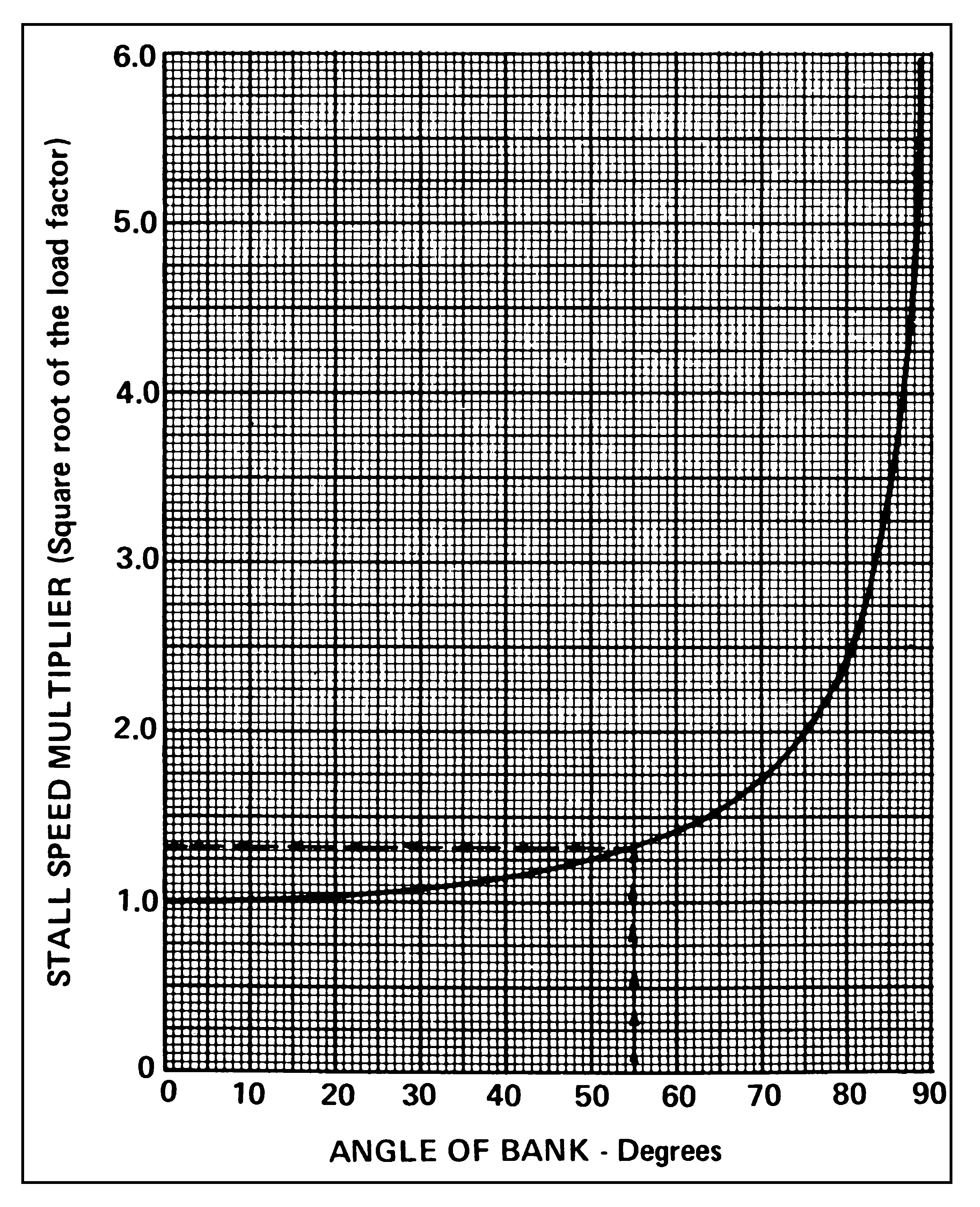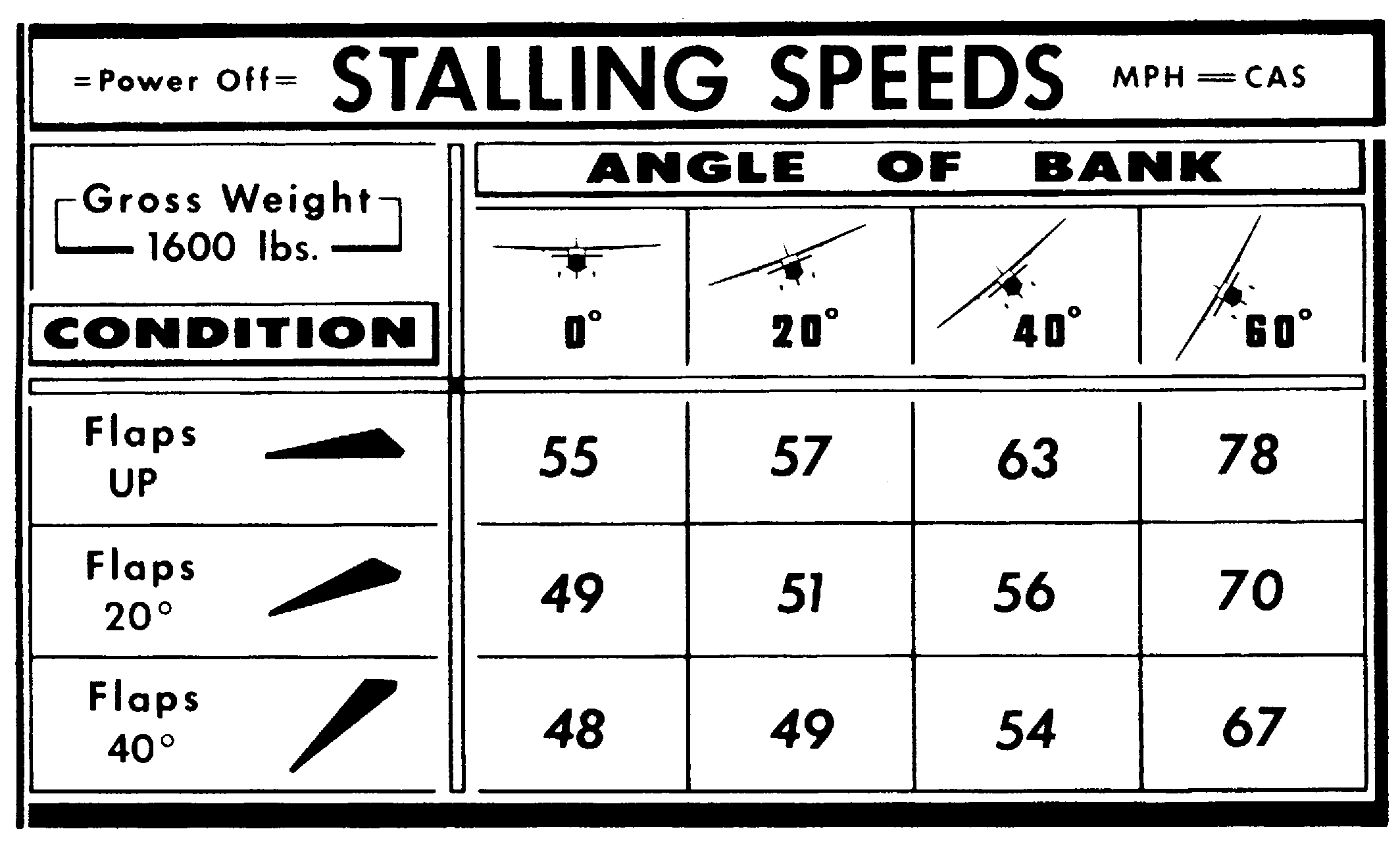Things we are trained to do.
1) Steep turns. Maintain altitude. Develop the condition reflex to pull as you bank. You may not even be aware that you do it any more, but you do. We practice it enough that it is automatic. Precision is the mark of a good pilot.
2) Line up with the center line. First time, every time. It's important. Precision is the mark of a good pilot. Conditioned reflex.
3) Keep banks shallow in the pattern. Stall speed goes up with bank angle. We know that. We are told that over and over again. Shallow banks avoid the increase in load due to banking. I'm sure you have been told that.
Now, you start your base to final turn late. What do we do? We have to make the turn. We have to keep the bank shallow. Keep the nose up. Focus on the bank. Pull. We pull when we turn. We have practiced it over and over. Watch the bank. Gotta line up. Keep pulling. Oh ****.
Pilots doing what they are trained to do.
We all know that G loading is a function of bank angle, right? We've seen the pictures, we've seen the math. In order to maintain altitude, the load has to go up as a function of 1/cosine(bank). Stall speed increases with the square root of the loading. At 60 degrees, 1/cos(60) =2g. Square root of 2g = 1.414 That's how much your stall speed goes up. 1.414 times your normal stall speed. Math! Science! Precision! FACT!!!!! (And, yes, I have seen pilots throw out that number to 4 significant digits.)
All of you have seen the above. Many times. You don't even have to think about it. We have this burned into our brains.
Here is the problem. There is nothing in the laws of physics that says that turns have to be level. There is nothing about the design of the aircraft that increases the g load as you bank. All of the the above is based on one bad assumption: maintaining an exact altitude happens. Somehow. It's built in somewhere. It's what you might call junk science.
So, what causes the G load to go up? The pilot pulling on the yoke / stick in an attempt to maintain altitude. That's what we train to do. It's 100% due to the pilot, 0% due to the airplane or aerodynamics. Put someone who has never flown up front, tell them to bank into a turn, the nose will drop. They will not maintain altitude, they will not load the wings according to 1/cosine(bank). The stall speed will not go up to square root(1/cosine(bank)). They will not pass Go, they will not collect $200. How much the stall speed goes up depends on how hard they pull. How hard they will pull is unpredictable. The math doesn't work. As experienced pilots, we do better. We have that conditioned reflex to pull, we will make g loading go up in a turn. How much? It depends entirely on how well you are trained and how much effort you put into it. But, even if you are a crappy pilot like me, the stall speed in a turn will go up. But how much? Could be 1.3 time, could be 1.5, could be 1.2 could be 1.6 times. It will probably vary up and down as I go round and round and try to keep the altitude within a million or so feet. But it isn't going to be exactly 1.414. Even Bob Hoover isn't going to hit exactly 1.414. Precision to less than 1/10 of a percent? You can't even measure to that kind of precision consistently in the air. Yes, I'm talking to you, Mr. 4 significant digits.
Science! Math! Precision! ********.
What happens if you don't pull the exact amount? You get acceleration - you are not in vertical equilibrium, F=M*A. Altitude will vary. Roll into a turn without enough pull? Nose drops, speed increases (potentially a lot), altitude is lost at an ever increasing rate (power factors into this whole thing also) up to the point where the increase in airspeed gives you enough increase in lift to stabilize the descent. Not real likely to stall unless you pull hard in response to the airspeed increase. Pull too hard? The opposite. Airspeed decays and you gain altitude right up to the point where you stall due to increased loading and decreasing airspeed. Stall speed will not be the square root(1/cosine(bank)).
Don't want to stall / spin on that turn?
1) Focus on airspeed and how hard your are pulling. Pulling causes two things - increases stall speed, and causes air speed to decay. Bad combination.
2) Don't sweat it if you overshoot the turn (unless there is a parallel runway with traffic right there).
But, whatever you do, don't listen to me because I am not a certificated instructor.



